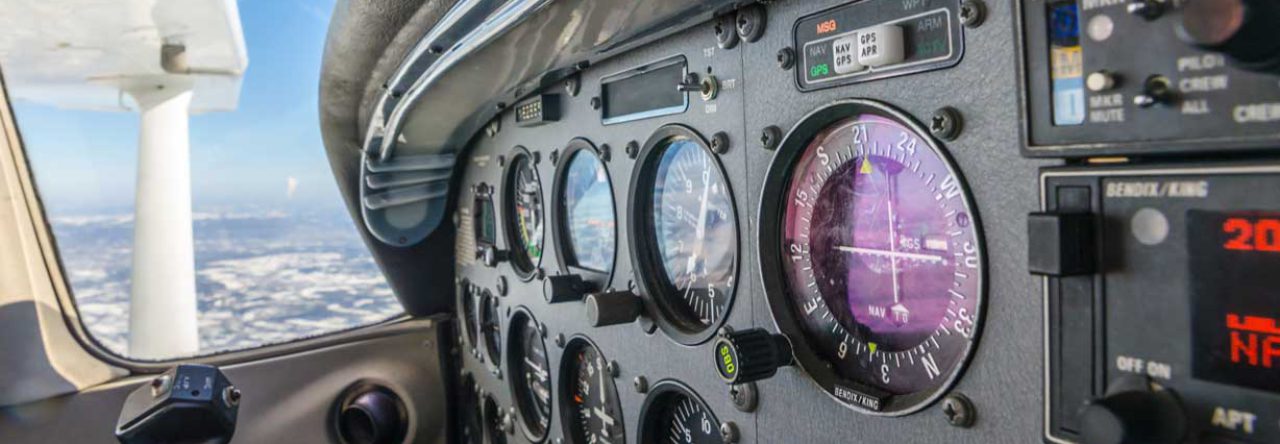A little bit of a shorter lesson this time, working on steep turns and slips. We were not sure if we were going to get up on this lesson as we were scheduled to fly from 9am -11am timeframe and the Tafs (Terminal Aerodrome Forecasts) were calling from 13kts with gusts to 23kts. Our little 152 has a limit of 12kts crosswind so even though the direction was close to the runway heading, the gusts were putting us near 14kt crosswind component. After careful evaluation, my instructor said we would be good if we got up early and down before the winds moved in.
As I arrived, we moved fast. I did our preflight, we got in and performed the start and run up. Departure was runway 3 today and we had a light wind coming from the northwest. I am really starting to get comfortable with the takeoffs and did really well through the hole takeoff up to cruise.
We quickly moved into 45 degree steep turns. These are a little more tricky than a normal 20-30 degree banking turn. Due to aerodynamic forces, at 45 degrees the wing tends to want to continue the roll, so you have to balance it out with a little bit of opposite aileron as well as a healthy does of back pressure to keep us from dropping altitude. It is really a balancing act of the three axis’ of the aircraft. After a quick demonstration, I took the controls. First to the left, I pretty much rocked it. So much as I rolled out, we felt some buffets and bouncing to which my instructor said “Feel that? We just hit our own wake turbulence”. I have read enough about steep turns to know, that is a good thing. So I felt pretty good about it. I quickly moved on to the right hand side. This time, I didn’t do so well. The site picture was different and I had a hard time holding 45 degrees. At one point she said it was more like 37 degrees. I need to figure out better cues to determine whether I am at 45 degrees or not.
Next we moved on to another helpful tool in the aviation toolbox, slips. Slips are used to drop altitude quickly without gaining airspeed. This is useful in an emergency landing situation or if you may be a little high on your approach and need to drop a little faster. It was widely used in the days before flaps in order to slow down. The principle here is to bank the wing into the wind and apply opposite rudder. This will add drag to the aircraft and if you maintain speed, you will drop faster. I understand the concept well enough but in practice I had a hard time.
As I entered the slip I tended to either pull pack or not push forward on the yoke. This was causing me to lose airspeed. I was dropping well enough but if you lose too much airspeed you could quickly enter a spin. Since we were practicing these for landings, a spin at landing altitude would be a sub-optimal situation. This is something I requested we practice a little more in my next lesson. After slipping practice, we headed back to the airfield. I could feel the wind picking up and we had a decent bit of turbulence as we entered the pattern. I followed along on the controls as we extended our downwind for traffic on a long final. My instructor also included a bit of a slip into the wind for the crosswind landing to demonstrate our lesson. As we taxi’d back, I expressed my concerns with both concepts today and felt that I needed a little more practice. So next lesson, we will do a little remediation as well as some more steep turns and slips!

Leave a Reply